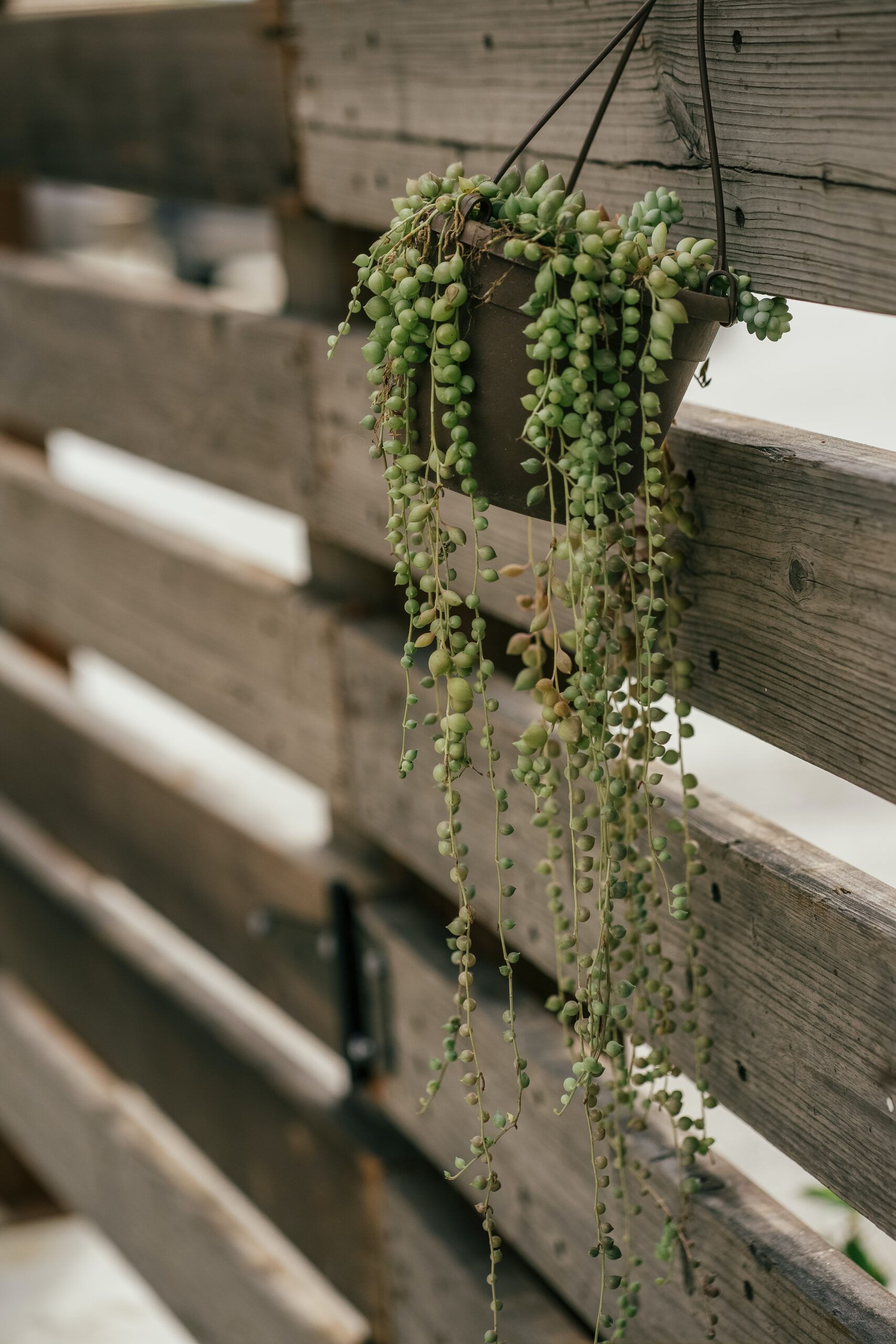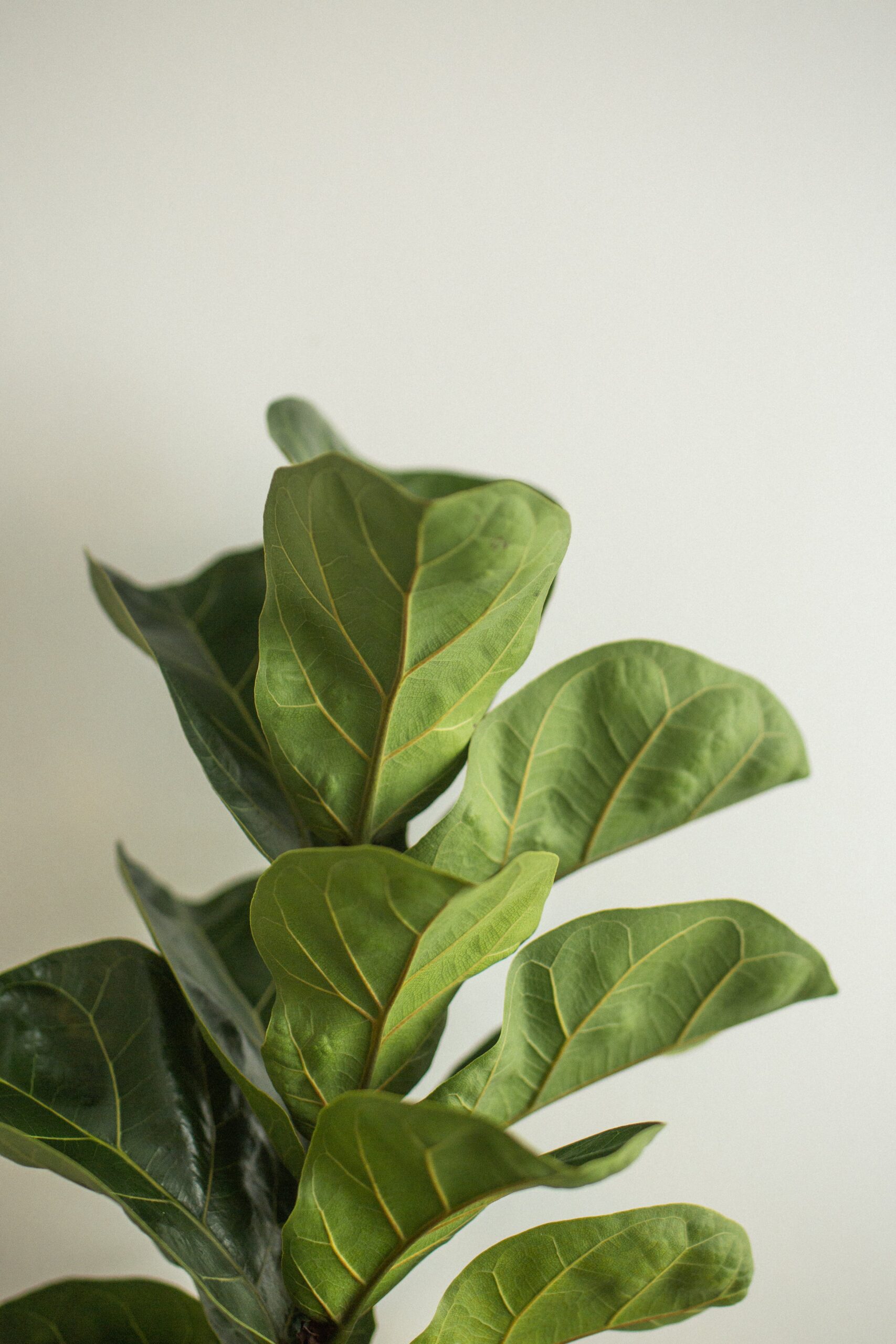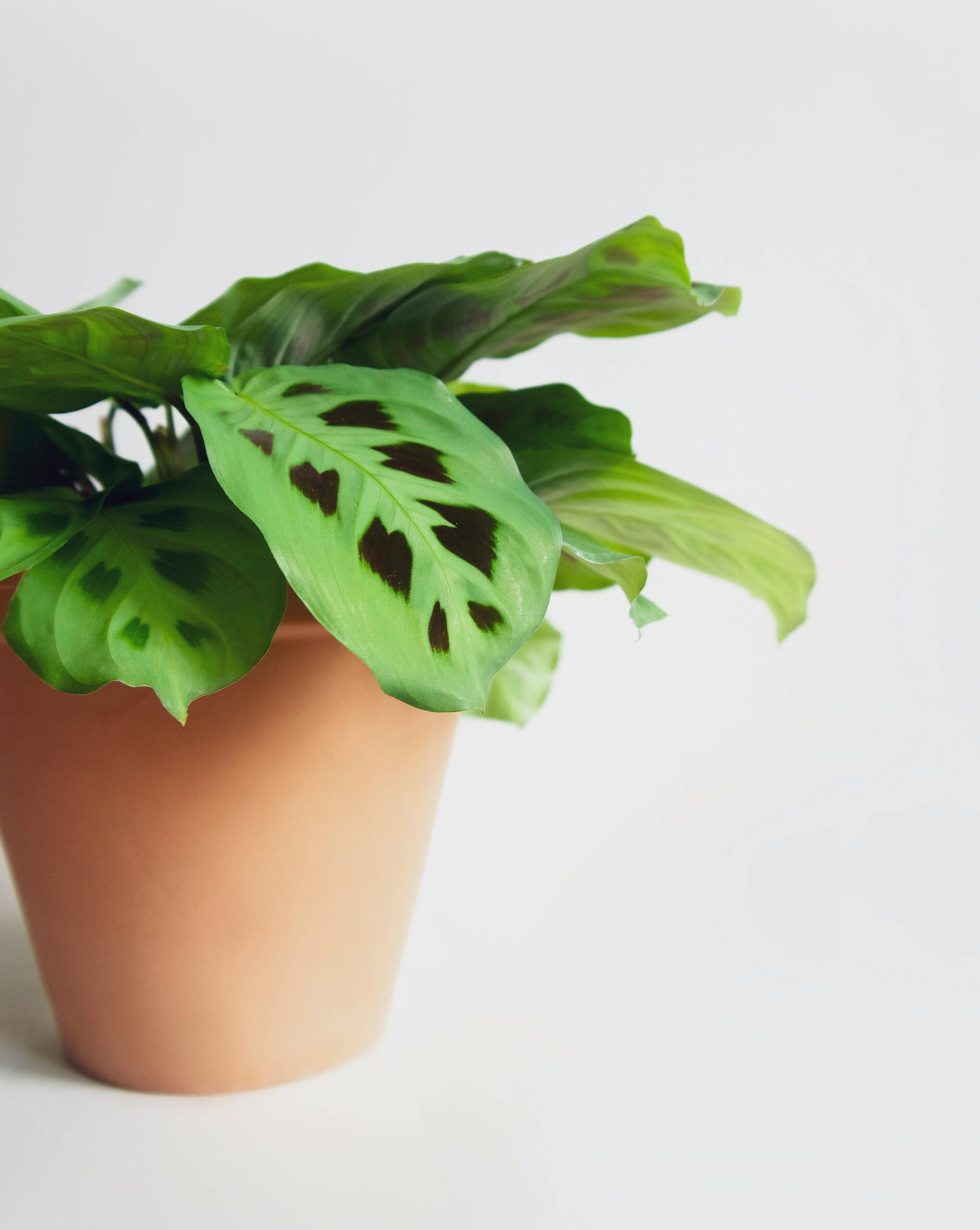Today, we’re unraveling the secrets of the charming and unique houseplant, the String of Pearls (Senecio rowleyanus). With its cascading strands of spherical leaves, this succulent beauty adds a touch of whimsy to any indoor space. Whether you’re a novice or a seasoned plant parent, join us as we delve into the essentials of caring for the String of Pearls.
Meet the String of Pearls:
Native to South Africa, the String of Pearls is a succulent that belongs to the Senecio family. Its distinctive trailing stems adorned with bead-like leaves make it a standout choice for those looking to add a touch of greenery with a twist.
Light and Location:
String of Pearls thrives in bright, indirect sunlight. Place your plant near a south or west-facing window to provide the optimal light conditions. While it can tolerate some shade, insufficient light may cause elongation of the stems. Aim for a balance to keep your String of Pearls lush and compact.
Watering Wisdom:
One of the key attractions of the String of Pearls is its drought tolerance. Allow the soil to dry out completely between waterings, and then water thoroughly. Overwatering is a common pitfall, leading to root rot, so err on the side of underwatering rather than overwatering. Adjust your watering frequency based on your home’s humidity and temperature.
Soil and Container:
Choose a well-draining succulent or cactus mix for your String of Pearls. A container with drainage holes is essential to prevent water accumulation at the roots. Repotting is generally needed every 1-2 years, providing an opportunity to refresh the soil and accommodate the plant’s growth.
Fertilizing:
During the growing season (spring and summer), feed your String of Pearls with a diluted, balanced liquid fertilizer every 4-6 weeks. Withhold fertilizer during the fall and winter when the plant is in a semi-dormant phase.
Pruning and Maintenance:
String of Pearls is relatively low-maintenance, but occasional pruning can help maintain its shape and promote fuller growth. Trim any leggy or overgrown stems using clean, sharp scissors. Regularly inspect for dead or yellowing leaves and remove them to keep the plant tidy.
Troubleshooting Common Issues:
Watch for signs of overwatering (yellowing leaves, mushy stems) and address promptly by adjusting your watering habits. Inspect for pests, such as mealybugs or aphids, and treat with insecticidal soap if necessary.
In conclusion, the String of Pearls is a delightful addition to any plant collection, offering a unique aesthetic and easy care. By understanding its basic needs and quirks, you can enjoy the beauty of this succulent trailing gracefully in your indoor space. Embrace the joy of cultivating a String of Pearls and let its whimsical charm brighten up your home!




